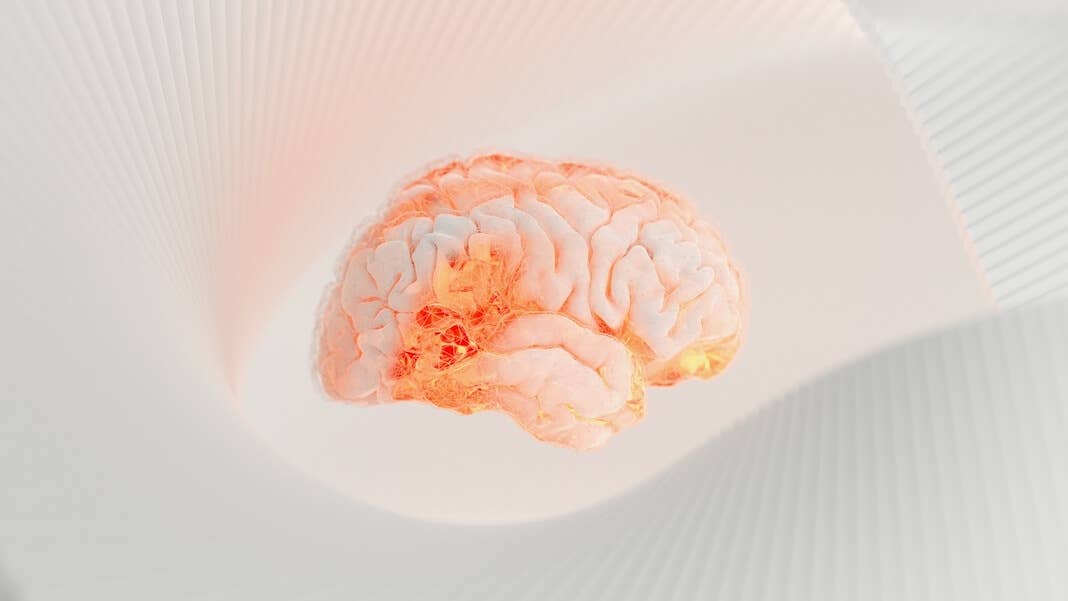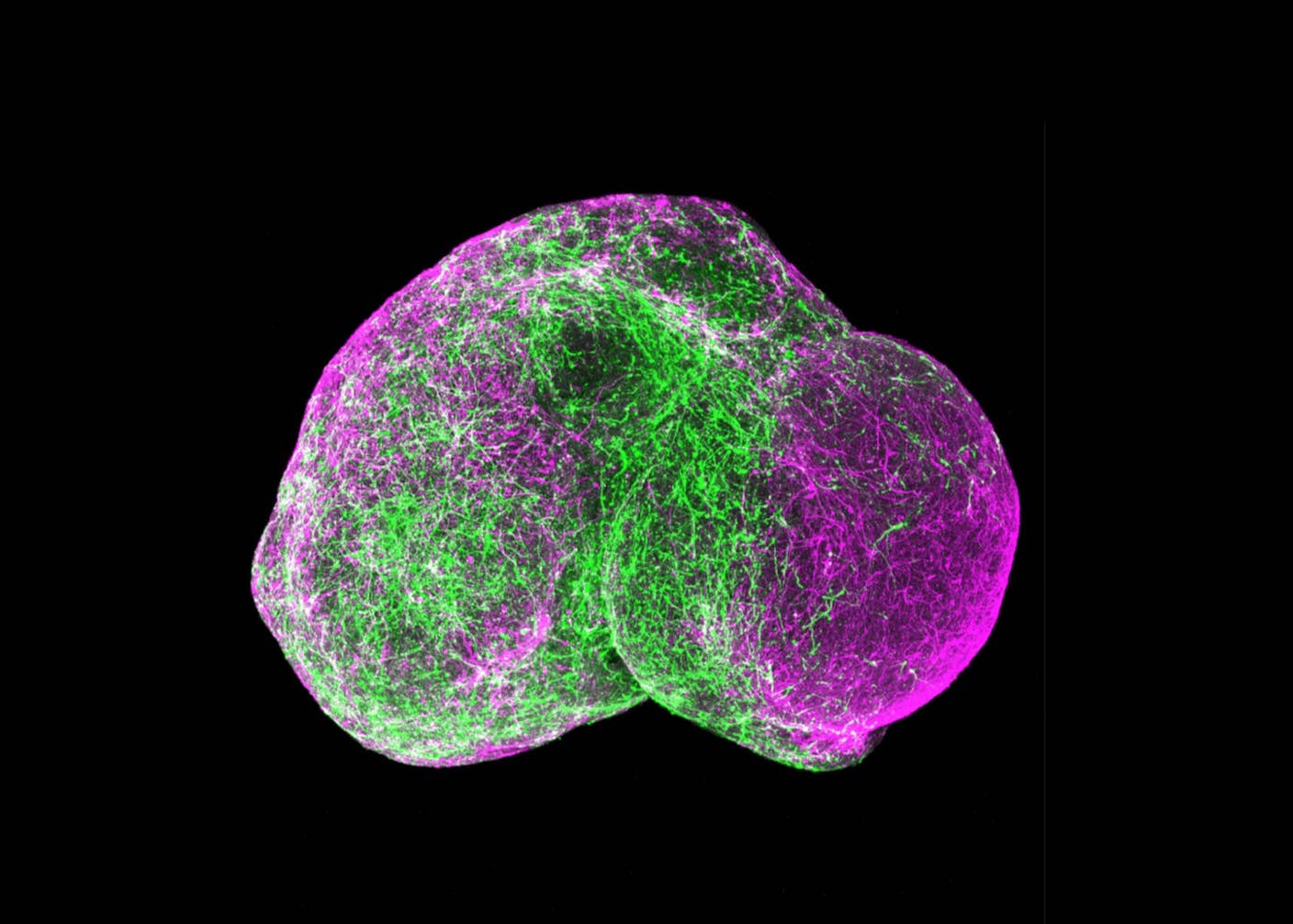Surgeons Are Simulating Whole Brains to Pin Down the Source of Their Patients’ Seizures

Share
A decade ago, the Human Brain Project launched with a blue-sky goal: digitizing a human brain.
The goal wasn’t to construct an average brain from groups of people. Rather, it was to replicate parts of a person’s unique neural connections in a personalized virtual brain twin.
The implications were huge: simulated brains could provide crucial clues to help crack some of the most troubling neurological diseases. Rather than using animal models, they might better represent an Alzheimer’s brain, or one from people with autism or epilepsy.
The billion-euro project was initially met with much skepticism. Yet as the project wrapped up last month, it achieved a milestone. In a study published this January, the teams showed that virtual brain models of people with epilepsy can help neurosurgeons better hunt down the brain regions responsible for their seizures.
Each virtual brain tapped into a computational model dubbed the Virtual Epileptic Patient (VEP), which uses a person’s brain scans to create their digital twin. With a dose of AI, the team simulated how seizure activity spreads across the brain, making it easier to spot hotspots and better target surgical intervention. The method is now being tested in an ongoing clinical trial called EPINOV. If successful, it’ll be the first personalized brain modeling method used for epilepsy surgery and could pave the road for tackling other neurological disorders.
The results will be part of the legacy of the Virtual Brain (TVB), a computational platform to digitize personalized neural connections. Hunting seizures is just the beginning. To Dr. Viktor Jirsa at the Aix-Marseille University in France, who led the effort, these simulations may transform how we diagnose and treat neurological disorders.
To be clear: the models aren’t exact replicas of a human brain. There’s no evidence they are “thinking” or conscious in any way. Rather, they simulate personalized brain networks—that is, how one brain region “talks” to another—based on images of their wiring.
“As evidence accumulates in support of the predictive power of personalized virtual brain models, and as methods are tested in clinical trials, virtual brains might inform clinical practice in the near future,” Jirsa and colleagues wrote.
Biological to Digital Brains
Large-scale brain mapping projects now seem trivial. From those that map connections across a mammalian brain to those that distill the brain’s algorithms from neural wiring, brain maps have grown into multiple atlases and 3D models for anyone to explore.
Flashback to 2013. AI for deciphering the brain was just a dream—but one already pursued by a scrappy startup now known as DeepMind. Neuroscientists were hunting down the neural code—the brain’s algorithms—with success, but in independent labs.
What if we combined those efforts?
Enter the Human Brain Project (HBP). With more than 500 scientists across 140 universities and other research institutions, the European Union project became one of the first large-scale programs—along with the US’s BRAIN Initiative and Japan’s Brain/MINDS—to attempt to solve the brain’s mysteries by digitally mapping its intricate connections.
At the HBP’s core is a digital platform dubbed EBRAINS. Think of it as a public square, where neuroscientists gather and openly share their data to collaborate with a broader community. In turn, it’s hoped, the global effort can generate better models of the brain’s inner workings.
Why care? Our thoughts, memories, and emotions are all encoded in the brain’s neural networks. Like how Google Maps for local roads gives insight into traffic patterns, brain maps can spark ideas on how neural networks normally communicate—and when they go awry.
One example: Epilepsy.
The Virtual Epilepsy Twin
Epilepsy affects roughly 50 million people worldwide and is triggered by abnormal brain activity. There are medical treatments. Unfortunately, around one-third of patients don’t respond to anti-seizure medications and need surgery.
It’s a tough procedure. Patients are implanted with multiple electrodes to hunt down the source of the seizures (called the epileptogenic zone). A surgeon then snips away those parts of the brain, hoping to silence unwanted neural lightning storms and minimize side effects.
The surgery is a “huge game changer” for people with untreatable epilepsy, said Dr. Aswin Chari at University College London, who was not involved in the study. But the procedure has only a roughly 60 percent success rate, largely because the epileptogenic zone is hard to pinpoint.
Be Part of the Future
Sign up to receive top stories about groundbreaking technologies and visionary thinkers from SingularityHub.


“Before surgery can take place, the patient must have a presurgical evaluation to establish whether and how surgical treatment might stop their seizures without causing neurological deficits,” said Jirsa and colleagues.
The current method relies on a myriad of brain scans. MRI (magnetic resonance imaging), for example, can map detailed structures of the brain. EEG (electroencephalography) captures the brain’s electrical patterns with strategically placed electrodes over the scalp.
SEEG (stereoelectroencephalography) is the next seizure hunter. Here, up to 16 electrodes are placed directly into the skull to monitor suspicious areas for up to two weeks. The method, while powerful, is far from perfect. The brain’s electrical activity “hums” at different frequencies. Like a pair of basic headphones, SEEG captures high-frequency brain activity but misses the “bass”—low-frequency aberrations sometimes seen in seizures.
In the new study, the team integrated all these test results into the Virtual Epileptic Patient model built on the Virtual Brain platform. It starts with images of each patient’s brain from MRI and CT scans—the latter track down the white matter highways connecting brain regions. The data, when combined with SEEG recordings, are rolled up into personalized maps with “nodes”—parts of the brain that are highly connected with each other.
These personalized maps become part of the presurgical screening routine, with no extra effort or stress on the patient.
Using machine-learning-based simulations, the team can build a “digital twin” that roughly mimics a person’s brain structure, activity, and dynamics. In a retrospective test of 53 people with epilepsy, they used these virtual brains to hunt down the brain region responsible for each person’s seizures by triggering seizure-like activity in the digital brains. Testing multiple virtual surgeries, the team found regions to remove for the best outcome.
In one example, the team generated a virtual brain for a patient who had 19 parts of his brain removed to rid him of his seizures. Using simulated surgery, the virtual results matched the outcome of the actual ones.
Overall, the simulations encompass the whole brain. They’re personalized atlases of 162 brain regions with a resolution of around one square millimeter—roughly the size of a small grain of sand. The team is already working to increase the resolution by a thousand times.
A Personalized Future
The ongoing epilepsy trial EPINOV has recruited over 350 people. Scientists will follow up on their outcomes for a year to see if a digital surrogate brain helps keep them free of seizures.
Despite a decade of work, it’s still early days for using virtual brain models to treat disorders. For one, neural connections change over time. A model of an epilepsy patient is just a snapshot in time and may not capture their health status following treatment or other life events.
But the Virtual Brain is a powerful tool. Beyond epilepsy, it’s set to help scientists explore other neurological disorders, such as Parkinson’s disease or multiple sclerosis. In the end, said Jirsa, it’s all about collaboration.
“Computational neuromedicine needs to integrate high-resolution brain data and patient specificity," he said. “Our approach heavily relies on the research technologies in EBRAINS and could only have been possible in a large-scale, collaborative project such as the Human Brain Project.”
Dr. Shelly Xuelai Fan is a neuroscientist-turned-science-writer. She's fascinated with research about the brain, AI, longevity, biotech, and especially their intersection. As a digital nomad, she enjoys exploring new cultures, local foods, and the great outdoors.
Related Articles

Time Doesn’t Really Flow—Your Brain Just Makes You Think It Does

How Will the Universe End? The Dark Eternity That Awaits Us Trillions of Years From Now

Five-Year-Old Mini Brains Can Now Mimic a Kindergartener’s Neural Wiring. It’s Time to Talk Ethics.
What we’re reading